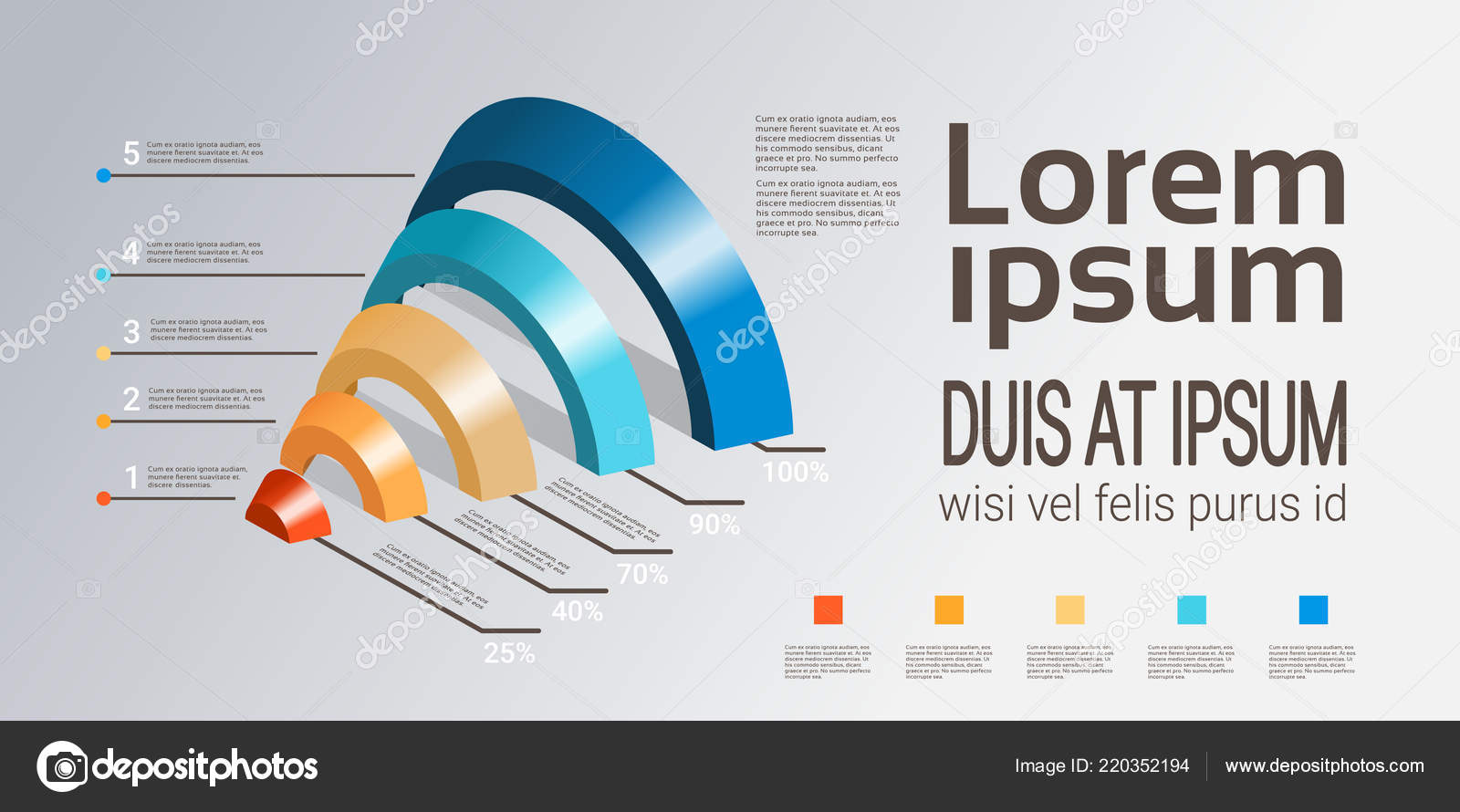Fascinated In Finding Out How Web Site Layout Has Advanced Throughout The Years? Explore The Trip From Uncomplicated Layouts To User-Centered Techniques
Fascinated In Finding Out How Web Site Layout Has Advanced Throughout The Years? Explore The Trip From Uncomplicated Layouts To User-Centered Techniques
Blog Article
Write-Up Written By-Bradshaw Molina
In the past, sites were straightforward and concentrated on details. Navigating was direct, and design was for desktop computers. Now, customer experience is key. Data guides layouts for very easy navigating. Receptive layouts suit various gadgets. Today, dark mode decreases stress, and minimal menus enhance navigating. Interactive functions engage individuals, and bold visuals attract attention. AI integration increases interaction. See exactly how style has progressed to enhance your on the internet trip.
Very Early Days of Website Design
In the very early days of website design, simpleness preponderated. Sites were basic, with minimal colors, typefaces, and formats. The emphasis was on giving info rather than fancy visuals. Customers accessed the web with slow-moving dial-up connections, so rate and functionality were key.
Navigating menus were straightforward, usually situated on top or side of the web page. https://www.searchenginejournal.com/local-seo-content-strategy/431651/ were made for desktop, as mobile surfing had not been yet prevalent. Web content was king, and designers prioritized simple readability over intricate style elements.
HTML was the key coding language utilized, and developers needed to function within its restraints. Animations and interactive functions were marginal contrasted to today's criteria. Internet sites were static, with little vibrant material or personalized individual experiences.
Rise of User-Focused Style
With the evolution of website layout, a change towards user-focused layout principles has come to be significantly popular. Today, producing web sites that focus on customer experience is crucial for engaging visitors and achieving organization objectives. User-focused style entails comprehending the needs, choices, and habits of your target audience to tailor the internet site's layout, material, and includes as necessary.
Developers now conduct comprehensive research, such as customer studies and usability screening, to collect insights and comments directly from customers. This data-driven strategy aids in developing user-friendly navigation, clear calls-to-action, and aesthetically attractive user interfaces that resonate with visitors. By putting the customer at the center of the layout procedure, sites can supply an extra tailored and satisfying experience.
Receptive design has also emerged as an essential element of user-focused design, making sure that sites are maximized for various devices and screen dimensions. This versatility improves ease of access and use, catering to the diverse ways customers communicate with web sites today. In essence, the increase of user-focused layout represents a shift towards producing electronic experiences that focus on the demands and assumptions of the end individual.
Modern Trends in Web Design
Check out the most recent fads shaping web design today. One prominent pattern is dark mode style, supplying a smooth and modern-day appearance while decreasing eye strain in low-light environments. Another key fad is minimal navigating, simplifying food selections and improving customer experience by focusing on essential elements. Integrating micro-interactions, such as computer animated switches or scrolling impacts, can develop an extra engaging and interactive internet site. Responsive design stays crucial, making sure smooth customer experiences throughout different tools. Furthermore, making use of strong typography and asymmetrical layouts can add aesthetic interest and accentuate particular material.
Integrating AI modern technology, like chatbots for consumer support or personalized recommendations, improves individual engagement and simplifies procedures. Access has additionally become a significant fad, with designers prioritizing inclusive design practices to satisfy diverse individual demands. Welcoming sustainability by enhancing website performance for speed and effectiveness is another arising fad in website design. Collaborating with individual responses and data analytics to iterate and boost layout continually is important for staying appropriate in the ever-evolving digital landscape. By welcoming these contemporary fads, you can produce an aesthetically appealing, easy to use site that reverberates with your target market.
Final thought
As you assess the development of web site layout from the early days to now, you can see just how user-focused design has actually become the driving force behind modern-day patterns.
Welcome the trip of modification and adaptation in web design, always maintaining the user experience at the center.
Tippingpointdigital
Keep current with the latest trends and modern technologies, and never quit evolving your approach to create visually magnificent and easy to use web sites.
Progress, adapt, and create - the future of website design is in your hands.
